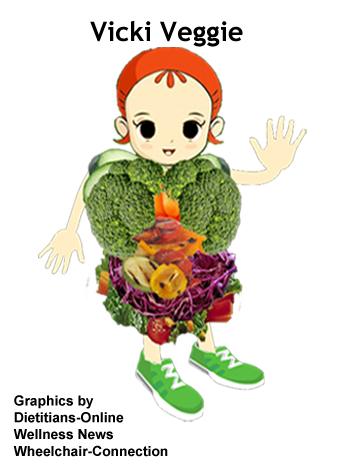Welcome to Farmer Consumer Awareness Days! Quincy's Farmer-Consumer Awareness Day (FCAD) started in 1981 when Dennis Higashiyama was listening to the radio. He heard a story on the Paul Harvey show that illustrated how farmers and consumers had drifted apart - leaving many people with little or no understanding about how food actually arrives on their grocery store shelves.
Farmer Consumer Awareness Day is an opportunity for farmers to show off the fruits of their labor and demonstrate the tools and techniques they use in their work. For the consumer, it's a great way to learn about where your groceries come from and to talk to the people who grow them for a living.
Farmer Consumer Awareness Day is an opportunity for farmers to show off the fruits of their labor and demonstrate the tools and techniques they use in their work. For the consumer, it's a great way to learn about where your groceries come from and to talk to the people who grow them for a living.
Resources
Best Local Farm Tour in Every State @tasteofhome




























